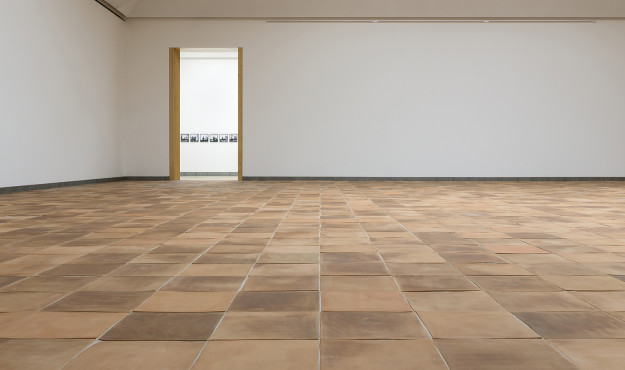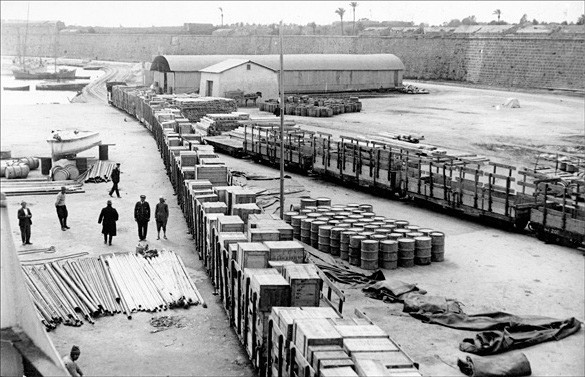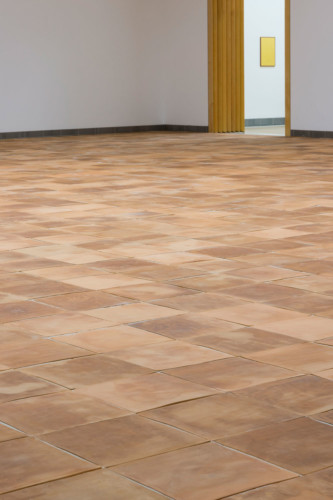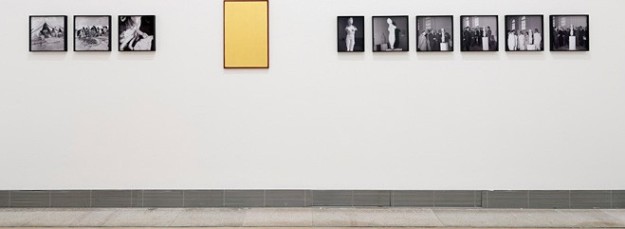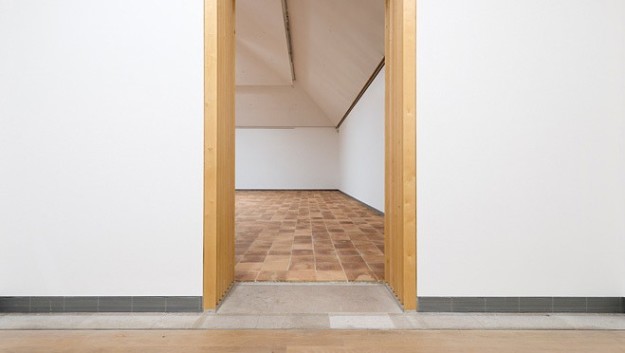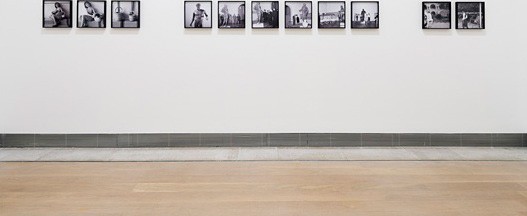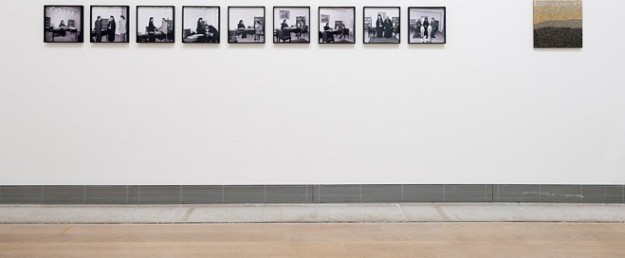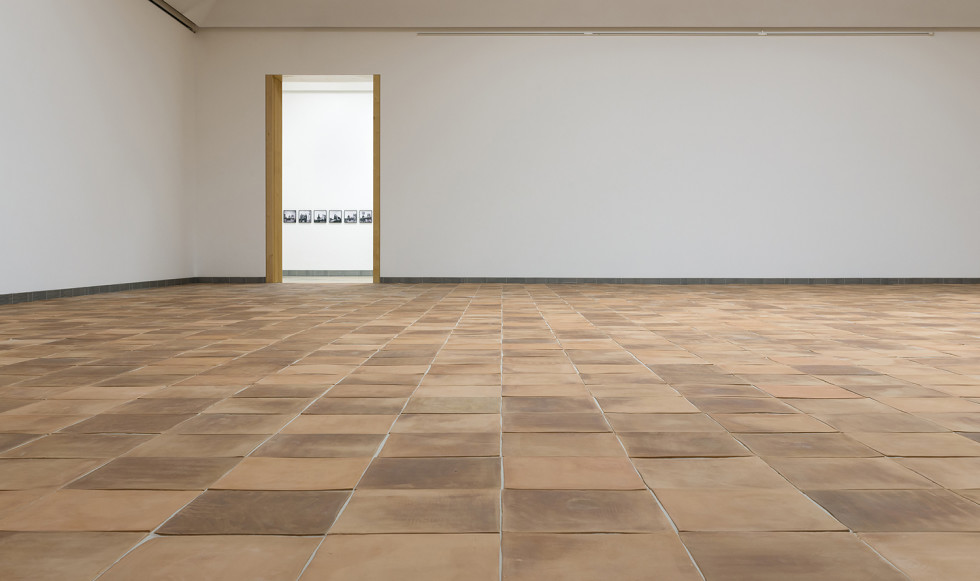
Christodoulos Panayiotou, Installation view from Days and Ages, 2013 © Christodoulos Panayiotou
Photo: Åsa Lundén/Moderna Museet
Christodoulos Panayiotou
Days and Ages
30.11 2013 – 27.4 2014
Stockholm
What is it that makes us feel we are part of a certain nation or belong in a certain group, and when is this sense of community broken? How are collective narratives created, and what are their visual manifestations?
Christodoulos Panayiotou has a background in dance, performance, and anthropology. His practice weaves together the methods of the researcher and the choreographer, often focusing on various forms of power relations and exchange. The complex history of Cyprus has been a source for many of his works, such as in the year the Republic of Cyprus adopted the euro, 2008, when the artist gathered into a sculptural formation the totality of Cypriot pound banknotes in circulation at the moment. The form, content, and symbology of popular culture are other themes that Panayiotou often revisits. In a recent project he created suggestive objects out of a number of red carpets formerly used at major award ceremonies in Hollywood.
Several works in the exhibition are based on archival material. Through studies of images in governmental archives, such as photographs of official appearances and state visits, the artist examined political rituals and ceremonies of Cyprus and showed how the republic’s self-image was constructed during the charged period following the island’s independence from British colonial rule in 1960. He calls the photographic groupings The Invention of Antiquity, The Invention of Tradition, and The Invention of Folklore (2011). After the 1974 division of the island-state in its current form, the republic’s first president, Greek Orthodox archbishop Makarios III, surrounded himself with gestures and objects that shaped the official story of a new political era. The series New Office (2012) bears witness to this historic phase.
The exhibition title Days and Ages paraphrases the archeologist Einar Gjerstad’s Ages and Days in Cyprus (1933), a memoir of the Swedish Cyprus Expedition, which conducted wide-ranging excavations on Cyprus between 1927 and 1931. Under an agreement between the Swedish government and the British colonial administration, half of the unearthed terracotta objects were shipped by boat to Sweden. While a grant holder at Iaspis, Panayiotou researched the photographic archive associated with the Cyprus collection, now part of the collection of Medelhavsmuseet, Stockholm.
“A specific photograph of wooden crates with antiquities ready to leave the port of Kyrenia attracted my attention first. It is a very charged image incorporating several layers of my obsessions, such as the establishment of archeology as a modern foundation of the nation state; colonialism and symbolic domination; materiality and negative presence. Soon after, when going through its records, I realized the precious nature of the material and the role that the archeological excavation had in the construction of a certain image of Cyprus during the early 1920s, but also projecting backwards into antiquity.”
Moderna Museet presents a new large-scale floor piece by Panayiotou – Days and Ages (2013). It is composed of terracotta, a material he explored earlier in The Sea (2012), for Documenta 13. During the manufacture of the ceramic tiles in the artist’s birthplace, Limassol, pumped water was replaced with saltwater from the Mediterranean. The work gains yet another context from the encounter between the museum’s architecture and its materials: birch, oak, and limestone – selected by the building’s Spanish architect Rafael Moneo as a reflection of what is Nordic.
In his choice of material, Panayiotou emphasizes the way in which national symbols function as modern-day mythology engines, along with natural resources. Copper, for instance, from the Latin cyprium, ”metal from Cyprus”, plays a central role in The Price of Copper, a sculpture from 2012. In Untitled (2012), a work executed in mosaic, a very old technique originating in the Mediterranean region, he has disassembled mosaics of ancient themes and then reassembled them with the stones arranged chromatically. A monochrome painting in gold leaf, Untitled (2013), is reminiscent of Byzantine icons, but here in an abstract form and stripped of religious motives. Reflecting the geopolitical significance of the various materials, the photographs from the archives of the Republic of Cyprus appear to be a most viable currency. And out of the tourism agency’s moulding of classical myth and Cypriot folklore, emerge images that indicate how the present is involved in shaping the past.
By staging the idea of cultural export and orchestrating the inherent dramaturgy of the media cycle, Christodoulos Panayiotou has reformulated issues of identity, colonial structures and representation in a way that carries these complex themes far beyond the Mediterranean.
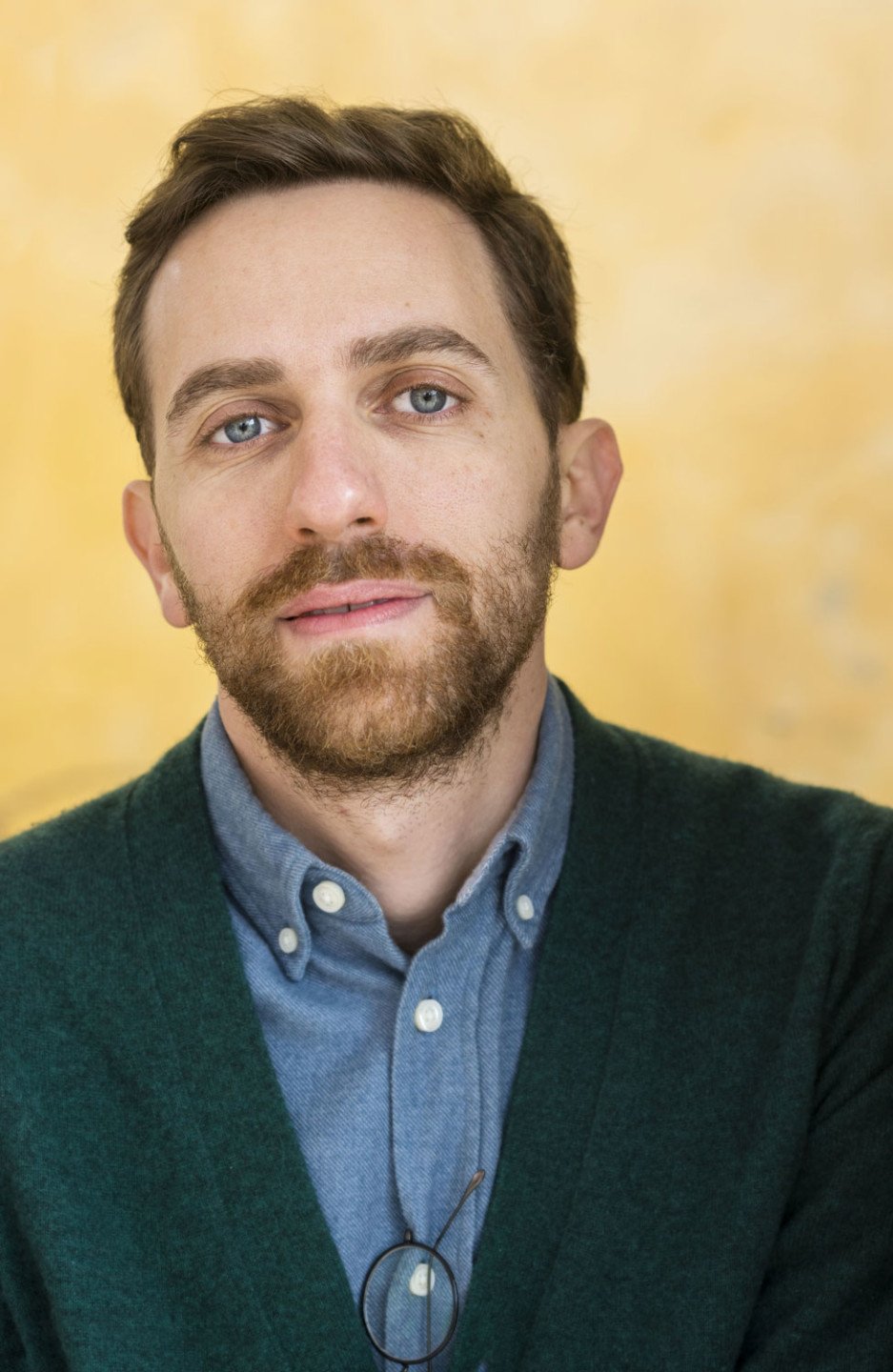
Christodoulos Panayiotou
Christodoulos Panayiotou, born 1978 in Cyprus. Currently lives and works in Limassol (Cyprus) and Paris (France).
Recent solo exhibitions
Casino Luxembourg, Luxembourg City, Luxembourg; Center for Contemporary Art, Kitakyushu, Japan; Centre d’art contemporain de Brétigny, Brétigny-Sur-Orge, France; The Contemporary Art Museum, St. Louis, Missouri, USA; Museum of Contemporary Art, Leipzig, Germany; Kunsthalle Zürich, Switzerland and Cubitt, London, UK.
Selected group exhibitions
Documenta 13, Kassel, Germany; CCA Wattis Institute for Contemporary Arts, San Francisco, USA; Foundation Joan Miró, Barcelona, Spain; Witte de With, Rotterdam, The Netherlands; Bonniers Konsthall, Stockholm, Sweden; Philadelphia Museum of Art, Philadelphia, USA; Ashkal Alwan Center for Contemporary Arts, Beirut, Lebanon; Artist Space, New York, USA, Museum of Contemporary Art, Miami, USA.
Panayiotou was the recipient of the DESTE Prize in 2005 and of The Future of Europe Prize, Museum of Contemporary Art, Leipzig, Germany in 2011. He was an IASPIS grant-holder in Stockholm 2009.
Curator: Matilda Olof-Ors
Thanks to The Nordic Art Association (se)

